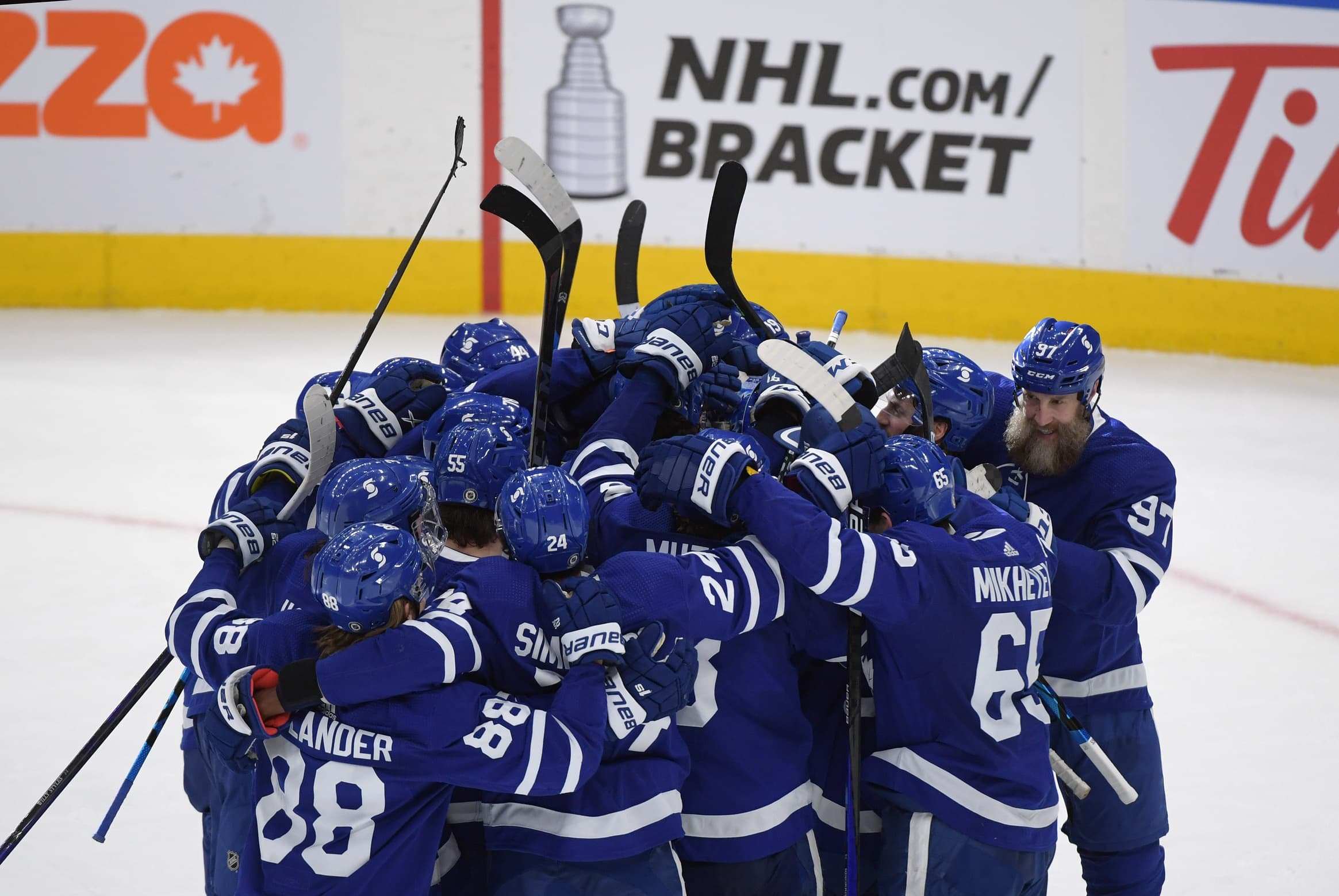Player Valuation and bargain hunting in the offseason
Photo credit: Dan Hamilton-USA TODAY Sports
By Jon Steitzer
Jul 16, 2021, 08:00 EDT
Breaking News
- Craig Berube has the Maple Leafs delivering blows instead of taking them
- Maple Leafs may have another gear with Bobby McMann due for timely goals
- The Maple Leafs are in uncharted territory – but it only gets harder from here
- Dallas Eakins credits William Nylander and Craig Berube’s composure for Maple Leafs playoff success
- Dallas Eakins raves about Berube, Nylander, & Toronto’s postseason growth: Leafs Morning Take
